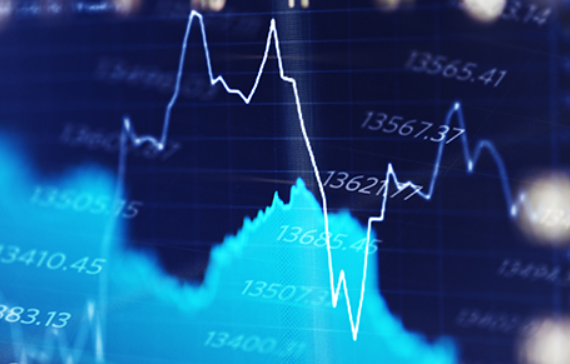The numbers: The U.S. producer price index fell 0.5% in July, the Labor Department said Thursday. That’s down from a 1.0% jump in June and the first negative monthly print since April 2020.
Economists polled by The Wall Street Journal had forecast a 0.2% advance.
The core producer price index, which excludes volatile food and energy prices, rose 0.2% in July, down from a 0.3% gain in the prior month.
Key details: In annual terms, the headline PPI was up 9.8% in July, down from 11.3% in the prior month.
Core prices are up 5.8% from a year earlier, down from 6.4% in June.
The cost of goods fell 1.8 % in July, the largest decline since the 2020 pandemic recession.
The cost of services inched up 0.1% last month, down slightly from 0.3% in June.
Energy prices dropped 9% in July, down sharply from a 9.4% gain in the prior month.
Wholesale food prices jumped 1% after a 0.2% drop in June. But there could be some relief in coming month as earlier stage processed foods fell 0.1% for second month in a row.
Big picture: Economists don’t expect too much more moderation in producer prices until later in the fall.
What are they saying? “A potential peak in annual inflation measures is a welcome sign for consumers, businesses, and the FOMC, but historically elevated price dynamics churning in the economy will likely persist through the end of the year,” said Mahir Rasheed, economist at Oxford Economics.
Market reaction: U.S. stocks DJIA, +0.65% SPX, +0.61% opened higher Thursday after strong gains in the prior trading session.

